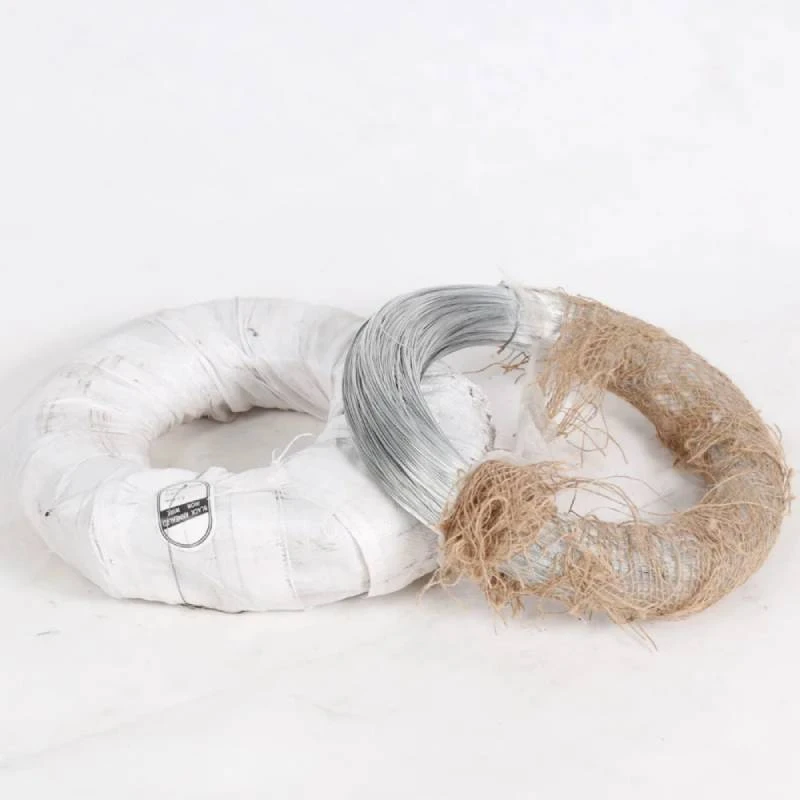wire mesh for animal enclosures
The Importance of Wire Mesh in Animal Enclosures
When it comes to creating secure and safe environments for animals, proper enclosure design is paramount. Among the various materials used for this purpose, wire mesh stands out as a favored choice for animal enclosures. Its versatility, durability, and effectiveness ensure that it meets the diverse needs of various types of animals, from pets to wildlife. This article explores the importance of wire mesh in animal enclosures, discussing its benefits, types, and considerations for effective implementation.
Benefits of Wire Mesh
One of the primary advantages of using wire mesh for animal enclosures is its strength. Wire mesh is manufactured from robust materials such as galvanized steel or stainless steel, providing a structure that can withstand wear and tear from animals. This resilience is particularly crucial when managing larger or more aggressive animals that may attempt to escape or harm themselves.
Furthermore, wire mesh allows for excellent visibility and ventilation. This transparency enables caretakers and visitors to observe animals easily, facilitating interaction and monitoring without disturbing their environment. In terms of ventilation, wire mesh ensures that air circulates freely, maintaining a healthy atmosphere for the animals within the enclosure. This is especially important for cold-blooded animals or species sensitive to humidity and temperature changes.
Additionally, wire mesh is a cost-effective solution for animal enclosures. Compared to solid barriers like wood or solid metal panels, wire mesh is generally more affordable and requires less material to cover the same area. Its lightweight nature also simplifies construction and installation, reducing labor costs and time.
Types of Wire Mesh
When selecting wire mesh for animal enclosures, it is important to choose the right type that fits the specific requirements of the animals being housed.
1. Galvanized Wire Mesh This type is coated with a layer of zinc to prevent rusting and corrosion, making it an excellent option for outdoor enclosures. Galvanized wire mesh is particularly suitable for larger species like dogs or goats, as it provides the necessary strength and durability.
2. Stainless Steel Wire Mesh Known for its exceptional strength and resistance to corrosion, stainless steel wire mesh is ideal for enclosures in harsh climates. It is often used in wildlife rehabilitation centers and zoos where the safety of valuable or endangered species is paramount.
wire mesh for animal enclosures

3. Plastic Coated Wire Mesh This type provides an additional layer of protection and aesthetic appeal. The plastic coating helps prevent rust while providing a softer touch that is safer for smaller animals. It’s commonly used for smaller pets and birds.
4. Welded Wire Mesh With its robust construction, welded wire mesh is another reliable option for animal enclosures. The wires are welded at intersections, creating a sturdy panel that can withstand significant pressure. It is particularly useful for large animals and livestock.
Considerations for Effective Implementation
While wire mesh is a fantastic choice for animal enclosures, several factors should be considered to maximize its effectiveness
- Height and Accessibility The height of the wire mesh enclosure should be sufficient to prevent animals from jumping out or climbing over. Additionally, accessibility for caretakers should be considered to ensure safe and easy interaction with the animals.
- Spacing and Gauge The spacing of the wire mesh must be appropriate for the species being enclosed. Smaller animals, such as rabbits or birds, require tighter spacing to avoid escapes, while larger species need thicker gauge wires for added strength.
- Ground Security It’s essential to ensure that there are no gaps at the base of the enclosure where animals could dig out. Installing the wire mesh underground or using heavy-duty materials can help mitigate this risk.
- Maintenance Regular maintenance checks are necessary to identify any wear and tear that could compromise the enclosure’s integrity. Rust, bends, or breaks in the wire mesh must be addressed promptly to maintain safety.
Conclusion
Wire mesh for animal enclosures plays a critical role in providing a safe, secure, and healthy environment for various species. By understanding its benefits, types, and important considerations, caretakers can design enclosures that promote the well-being of animals while ensuring safety and visibility. With proper planning and execution, wire mesh can be a reliable solution for animal containment that meets both practical needs and the welfare of the animals housed within.
-
Space-Saving Chain Fence Hacks Vertical Gardening with Cyclone MeshNewsJul.16,2025
-
Innovations in Iron Nail Wire Production for Modern ConstructionNewsJul.16,2025
-
Creative Uses of Wire Netting Fence in Modern Landscape DesignNewsJul.16,2025
-
Barbed Wire Fence Innovations in Anti-Climb TechnologyNewsJul.16,2025
-
Architectural Uses of Umbrella Nails for Aesthetic Roof DesignsNewsJul.16,2025
-
Architectural Uses of Razor Barbed Wire in Secure Urban DesignNewsJul.16,2025




